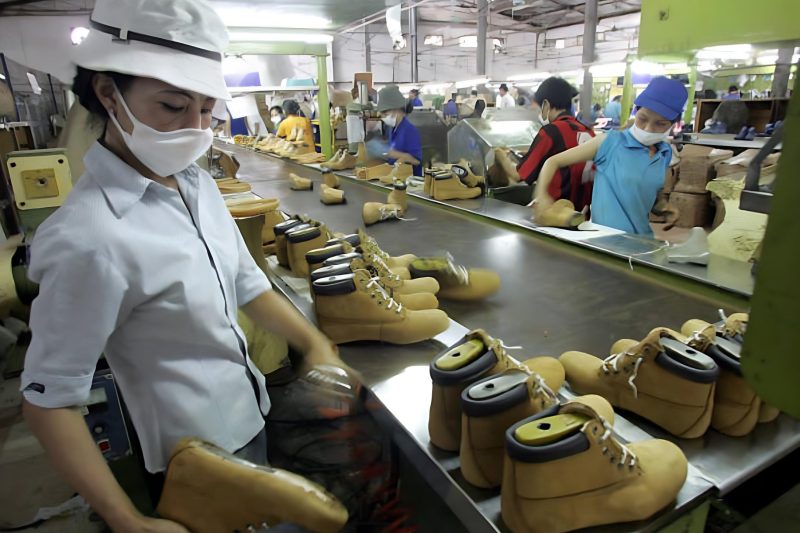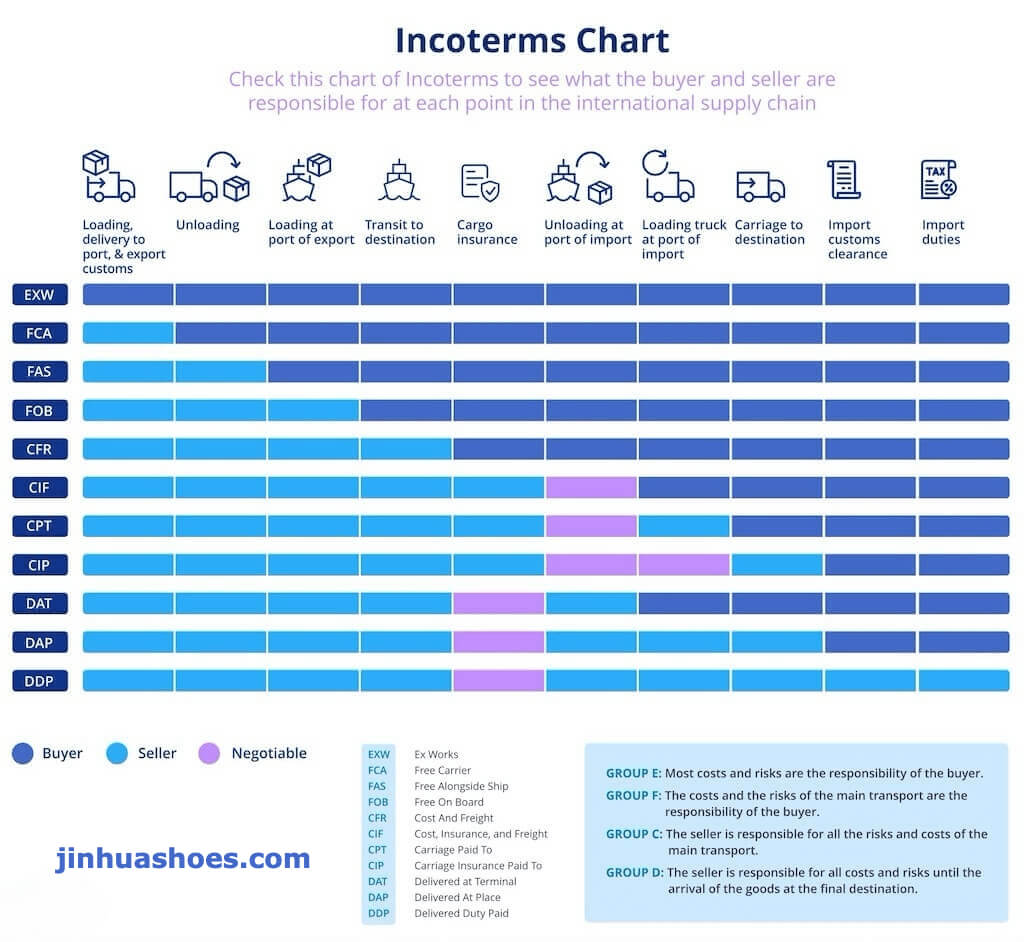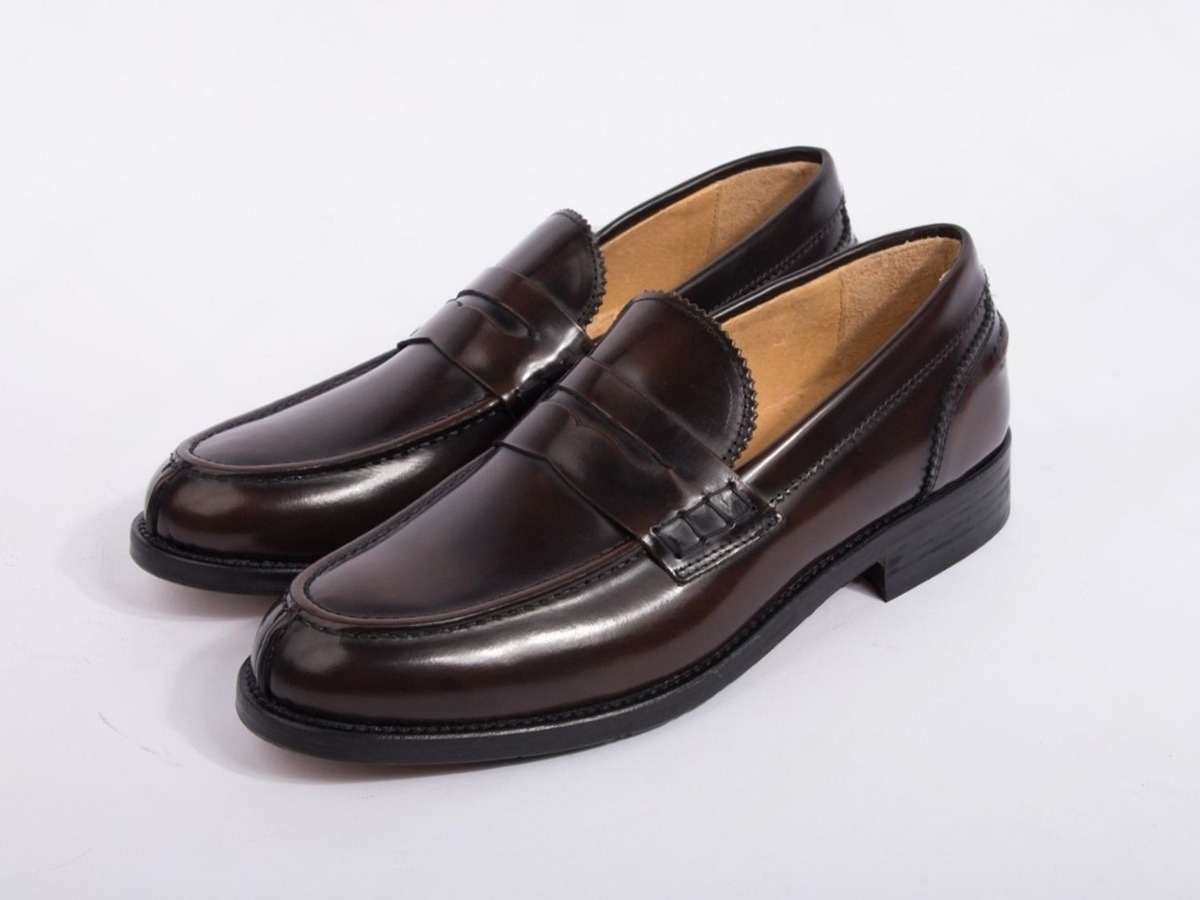Why Manufacture in China? 7 Key Advantages for Your Footwear Brand
If you’re a footwear brand owner, product developer, or sourcing head, chances are 2025 feels different.
Margins are tighter. Timelines are shorter. Retailers, investors, and customers expect more — faster, greener, cleaner, and more unique. And in a landscape full of buzzwords — “Made in Vietnam,” “Crafted in Italy,” “Assembled in Mexico” — the question persists:
“Is China still the right place to make our shoes?”
I can tell you — not as an outsider flipping reports — but as someone who’s spent the last decade in sample rooms, tannery floors, patternmaking tables, sole factories, and midnight QC meetings: Yes, and probably in ways you haven’t fully tapped into yet.
China today isn’t just the world’s factory — it’s a radically optimized value ecosystem for footwear. It’s where tradition and tech converge, where your ideas can become physical products in a matter of days — and where scale, precision, and progress live side by side.
Let’s cut through the clichés. Below are 7 hard-earned, real-world advantages that explain why making shoes in China in 2025 remains one of the most strategic moves you can make — if you choose the right partner.
1. The “One-Hour Ecosystem”: Beyond Just a Factory
Real talk: China doesn’t just manufacture shoes. It manufactures everything that makes a shoe — and it does it in one region, often within one hour of your main factory.**
When you prototype with a Chinese supplier in hubs like Fujian or Guangdong, you’re not shipping out soles to another continent just to wait 10 days. You’re calling the molder down the road. Leather is pulled that afternoon. TPU inserts come from 2 districts over. Box makers, eyelet suppliers, heel counter specialists? All nearby. All synced.
Why that matters:
You iterate faster. You sketch in the morning and hold your proto by evening.
You pay less into dev cycles. Sampling doesn’t eat your budget.
You shorten your go-to-market runway. That’s a competitive edge, not just a convenience.
We’ve helped clients go from napkin sketch to wearable counter-sample in under 72 hours — multiple times.
2. True Cost Advantage: When Efficiency > Cheap Labor
Here’s what most sourcing managers already know: China’s wages are no longer “cheap.” What many still overlook: it doesn’t need to be.
Why? Because the real lever isn’t labor costs — it’s what I call “smart cost input.”
China’s factories win through scale, precision, and loss elimination:
Automated lines paired with skilled human craftsmanship.
Batch data-driven QC that improves over time.
Fewer mistakes, faster first-pass yield, and on-time delivery metrics your CFO dreams of.
Case Study: One client sourced the same sneaker from two countries — cheaper labor elsewhere, but with poor line efficiency and constant rework. China’s unit price was higher… yet the landed cost was 8% less. Why? Zero remakes. No airfreight saves. Clean customs trail. That’s strategy.
3. Growth Without Growing Pains: Start Lean, Scale Fast
Building a footwear line is a lot like building a runway — and your supplier is either laying bricks ahead of you or holding back the plane.
What separates China is its built-in range:
Want 300 pairs of your new heritage work boot to test an influencer-driven drop?
Need to scale that same SKU to 60,000 units after demand explodes?
Want version 2 ready in 90 days with 20% more midsole bounce?
Factories here are structured to move without your team having to relocate, re-educate, or re-source every 6 months.
This kind of flexibility powers true omnichannel strategy.
Retail test. DTC pilot. Collab drop. Wholesale scale. China supports them all — often in one site ticketed correctly per channel.
4. Craft That’s Generational, Not Just Trained
Yes, manufacturing is a technical process. But footwear is also an art form.
And in China?
It’s often a family craft passed through generations:
Pattern engineers who’ve honed silhouettes for 25 years.
Stitching foremen who can spot a material tension flaw before it happens.
Midsole molders who suggest a tweak that reduces your returns by 7%.
These are not skills you teach in a week. That kind of tacit expertise — the kind that protects your brand’s DNA — is something China still offers at unmatched depth.
One of our partners rejected a 10k-pair run days before ship because the heel return didn’t “feel alive.” We fixed it. And the client’s NPS that season hit an all-time high. That’s the kind of guardianship you want in-market.
5. Innovation Is Now Local, Not Just Licensed
Let’s bust a myth: “Factories in China copy. They don’t innovate.”
Wrong. Old China maybe. Not 2025.
Driven by Made in China 2025, sustainability laws, and brand demands, factories are now R&D partners. They’re leading:
Proprietary midsole compounds co-developed with DuPont and BASF.
3D-printed upper samples reducing dev costs by 30%.
Water-based adhesives, chrome-free leathers, and bio-based foams tested before you ask for them.
Your factory doesn’t just execute your design — they make it better, faster, and greener.
Smart brands tap into this by involving factories early — not after the spec sheet is final.
6. Trillion-Dollar Infrastructure: Yes, It Matters
You probably don’t think about highways, railways, bonded zones, or customs brokers until things go wrong.
In China, they usually don’t.
Why?
World-class ports like Shenzhen and Ningbo run like clockwork.
Supplier materials arrive overnight via high-speed rail networks.
Factories have internal logistics teams that pre-clear exports and often manage delivery all the way to your 3PL.
When global freight is fragile — infrastructure is your insurance.
One of our clients missed zero deliveries in 2024, thanks to well-optimized logistics from a factory 90 minutes outside Guangzhou. They beat competitors to shelves during Black Friday chaos. That’s the hidden power of a stable backbone.
7. Global Standards Embedded — Not Imposed
What do REACH, Prop 65, CPSIA, and BSCI have in common?
China-based factories like JINHUA walk those paths every day — not because they have to, but because they already serve the world’s most demanding brands.
Chemical compliance is built into sourcing workflows.
Social audits are routine — often passed with high grades.
Traceability down to the tannery is already built for European DDP and UFLPA compliance.
You shouldn’t have to explain why PFAS-free is non-negotiable. With the right partner, you won’t.
So… How Do You Tap Into All This Without the Risk?
Here’s a real talk checklist:
Specialize: If you make vulcanized low-tops, don’t ask a boot factory to “figure it out.”
Demand transparency before you demand speed: Clear costing, mold ownership, and development timelines are green flags.
Invest in the partnership: Focus on communication cadence, mutual margins, and shared accountability — not just initial pricing.
Sign strong protection agreements, like China-based NNNs (not just NDAs), to protect your IP and designs legally within local jurisdiction.
How to Leverage These Advantages: Choosing the Right Partner in China
Knowing the advantages is one thing. Actually benefiting from them is another. It all comes down to choosing the right partner.
Look for a Specialist, Not a Generalist: Find a factory that specializes in your category. If you’re making leather boots, partner with a leather boot expert.
Prioritize Communication and Transparency: A good partner will communicate clearly and proactively. They will be transparent about their pricing, their production schedule, and any potential issues.
Don’t Just Look for a Supplier, Look for a Partner: The best results come from building a long-term, collaborative relationship. Look for a team that is as invested in your brand’s success as you are.
Frequently Asked Questions
1. What is China’s main competitive advantage in manufacturing?
While low cost was the original advantage, today it’s the unmatched, fully integrated supply chain ecosystem. The speed, efficiency, and flexibility this provides is China’s biggest competitive weapon in the footwear industry.
2. Why are shoes still made in China if labor costs are rising?
Because the “comprehensive cost advantage” is still very strong. The higher efficiency, lower waste, reduced logistics costs, and massive scale of production often offset the higher direct labor wages, resulting in a very competitive final product cost.
3. How do I find a reliable shoe factory in China?
The best ways are attending major industry trade shows to meet partners in person, getting trusted referrals from your network, and doing rigorous due to diligence on any factory you find online (including verifying their license and getting an independent audit).
4. What are the real pros and cons of manufacturing in China?
The pros are the seven advantages we’ve listed: supply chain integration, cost-effectiveness, scalability, skilled labor, innovation, infrastructure, and global experience. The cons include rising labor costs, geopolitical risks like tariffs, and the need for very careful IP protection.
Final Takeaways: China as Your Brand’s Strategic Asset
Choosing to manufacture in China is a smart strategic decision for most ambitious footwear brands. The next, and most important, step is to find the right partner to help you unlock all of these powerful advantages.
Here is your final checklist for success:
Leverage the Ecosystem: Choose a partner who is deeply integrated into the local supply chain.
Focus on Total Value, Not Just Labor Cost: Consider the full picture of quality, speed, and innovation.
Find a Flexible Partner Who Can Scale With You: Look for a factory that will support your brand’s growth journey.
Prioritize a True Partnership: Remember that communication and trust are your most valuable assets.
At JINHUA, We Don’t Just Make Shoes — We Help Build Brands
We’re a third-generation family-owned factory group rooted in the heart of China’s footwear innovation belt. From indie DTC drops to global brand programs, we’ve helped partners go from concept to cash flow, napkin to niche domination — and we’d be honored to help you next.
If you’re ready to build a more profitable and resilient footwear brand, contact us today for a free supply chain consultation. You can start the conversation by reaching out to our expert team through your preferred channel below.
📧 Email: sales@jinhuashoes.com
(You’ll get personalized, expert feedback within 12 business hours.)



